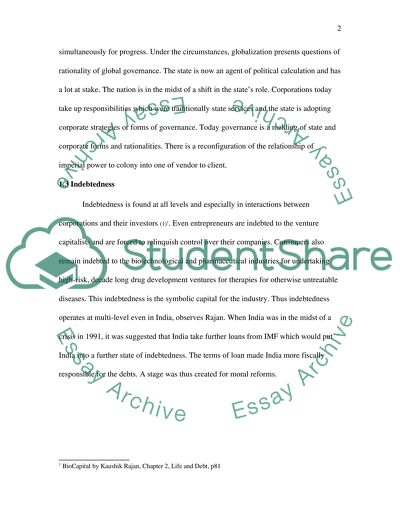Cite this document
(“Bio capital in India Essay Example | Topics and Well Written Essays - 3000 words”, n.d.)
Bio capital in India Essay Example | Topics and Well Written Essays - 3000 words. Retrieved from https://studentshare.org/politics/1538798-bio-capital-in-india
Bio capital in India Essay Example | Topics and Well Written Essays - 3000 words. Retrieved from https://studentshare.org/politics/1538798-bio-capital-in-india
(Bio Capital in India Essay Example | Topics and Well Written Essays - 3000 Words)
Bio Capital in India Essay Example | Topics and Well Written Essays - 3000 Words. https://studentshare.org/politics/1538798-bio-capital-in-india.
Bio Capital in India Essay Example | Topics and Well Written Essays - 3000 Words. https://studentshare.org/politics/1538798-bio-capital-in-india.
“Bio Capital in India Essay Example | Topics and Well Written Essays - 3000 Words”, n.d. https://studentshare.org/politics/1538798-bio-capital-in-india.


